Years ago, I got some disapproving looks when I mentioned how much time I dedicate to social-emotional learning. However, I always got through my curriculum, so I knew it was worth the time. Now, there is a significant focus on social-emotional learning. Kids experience many different things at home, so they come into the classroom with different needs. Thankfully, my years of experience have solidified how I teach the whole child- not just academics. So, I cannot wait to share my Social-Emotional Learning & Character Education bundle with you! These lessons truly transform the classroom environment.
Importance of SEL Learning
Students come into the classroom with many different backgrounds. While some have much support at home, others have very little. Similarly, some have fantastic opportunities, while others have very few “extras” in life. So, students must learn about kindness, inclusion, and self-management early on. They need to learn they must respect everyone for who they are. If students do not understand these expectations, there will be many conflicts. This will then take away valuable teaching time throughout the entire year. Ultimately, working on Social Emotional Learning allows students to learn the skills they need to succeed.
Social-Emotional Learning & Character Education
By focusing on social-emotional learning, students know they are in an atmosphere of peace and happiness. Now, there will still be issues here and there. However, students understand the expectations and are willing to work through any problems. Honestly, teaching these skills upfront allows us to get through more curriculum and have fun learning!
Thankfully, this resource has fun, meaningful, and interactive lessons about character education and social skills! Students will love being in a classroom that genuinely supports a positive, caring community.
Units
Honestly, there are many skills to learn to be a positive, supportive individual. So, the Social-Emotional Learning & Character Education includes 8 units. These focus on exploring emotions, a growth mindset, and self-management and regulation. Additionally, students learn about kindness and friendship, conflict resolution strategies, respect and inclusion, and personal responsibility. Students will even learn about attitude and gratitude. Honestly, these topics will be beneficial as students learn how to interact with others.
Partner Plays
Students need to understand why they are learning the material they are. If they do not have this connection, they will not be interested or want to focus. So, each unit has a Parner Play story based on Little Penguin that helps build this understanding. Students will perform the story, which sets up the problem for them to solve. This is an amazing way for students to build compassion, kindness, and empathy!
Social Stories
Like Partner Plays, social stories allow students to see social-emotional learning in action. So, there are 14-page books based on the same central characters. These allow students to connect with specific characters and explore social-emotional learning concepts together.
Role Playing
Not every student will need the same social-emotional learning at the same time. However, they will all need to apply the concepts at some point. So, each unit includes role-playing activities. This is an amazing way for students to explore many topics, such as sharing material or something happening on the playground. Best of all, they will have the support of their teacher and classmates as they work through specific issues that will impact them at some point.
Journal Reflection
Students need time to reflect on their learning. Thankfully, Social-Emotional Learning & Character Education includes journal prompts for students to open up about many topics. This includes bullying, conflict resolution, making good choices, and citizenship. Students can even have the freedom to write about anything they want.
Teacher Scripts
One of the biggest frustrations I hear from teachers is the increased problems with behavior and self-regulation. So, it can be hard to know where and how to start when implementing. That is why the Social-Emotional Learning & Character Education resource includes teacher scripts! These are the perfect tools to help teachers know how to get started and develop the conversation.
Additional Learning
Social-Emotional learning is imperative for students to work on. It is the best way to ensure classmates support each other. So, there are additional activities to help students understand these aspects. For instance, there are SEL posters, art and poetry activities, games and sorting, and book lists! With over 40 lessons and 200 activities, students will love learning!
Ultimately, this should help students make responsible decisions, build healthy relationships, and communicate. Additionally, students should learn how to resolve conflicts, self-regulate their impulses, emotions, and reactions, and build empathy. Thankfully, Social-Emotional Learning & Character Education helps students with all these aspects! With these lessons, students will have the skills to be positive, supportive citizens.
If you do not want to miss any of the upcoming lessons, join my email list to be notified of all the interactive lessons coming up! By joining the email list, you will also receive freebies for blog exclusive subscribers!

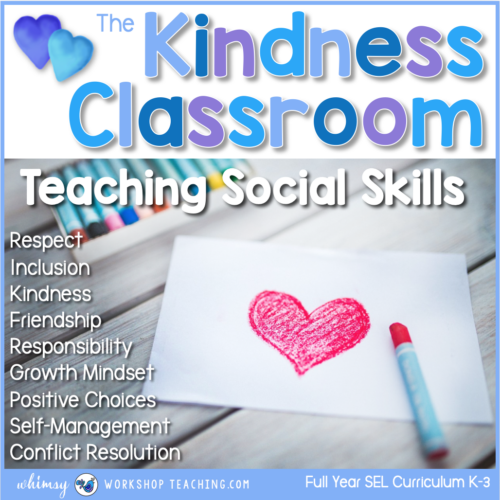
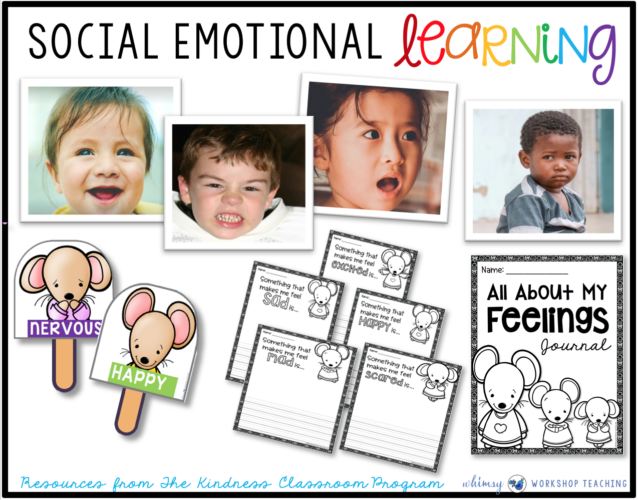
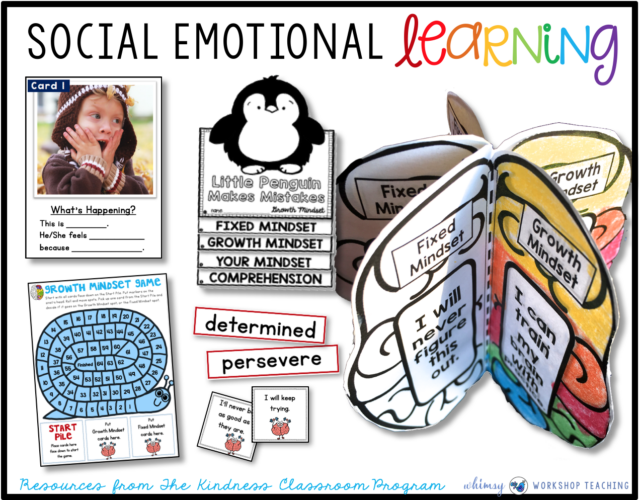
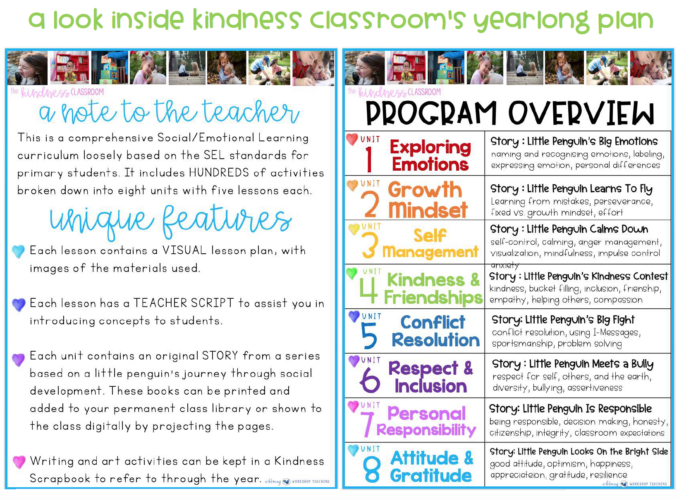
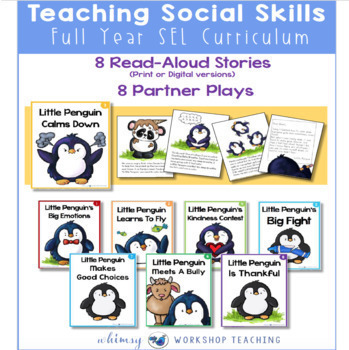
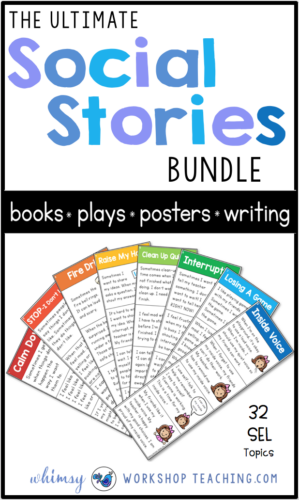

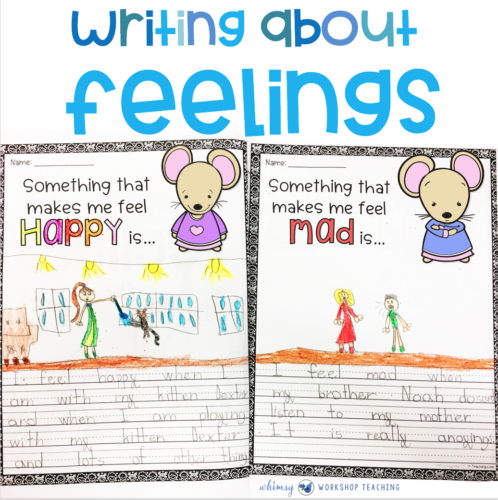
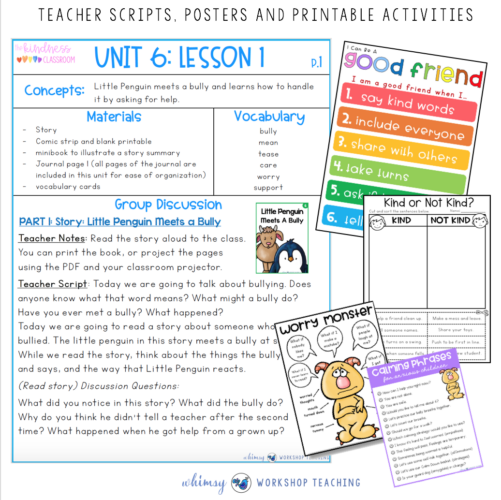
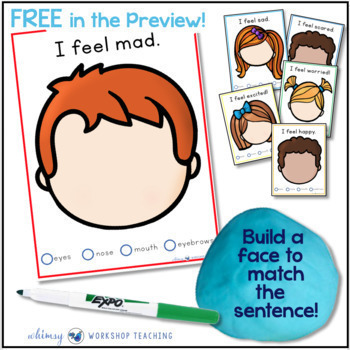
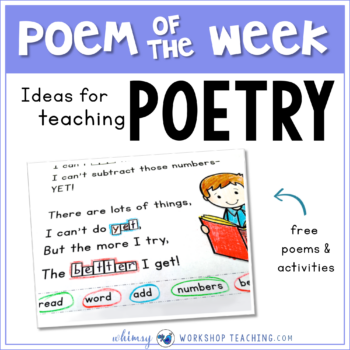
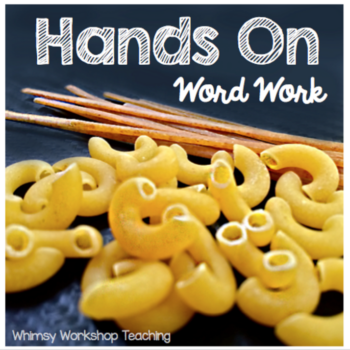
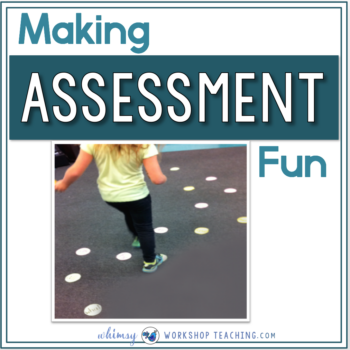
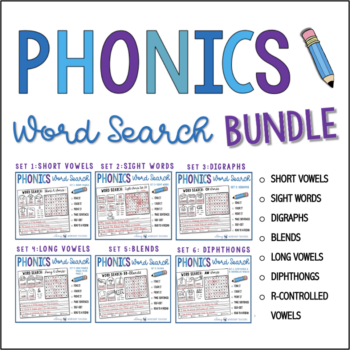 Phonics Word Search Full Year Bundle
Phonics Word Search Full Year Bundle 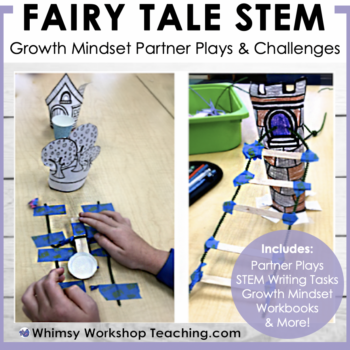 Fairy Tales STEM Literacy Bundle
Fairy Tales STEM Literacy Bundle 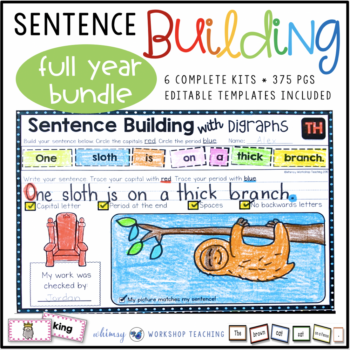 Sentence Building Bundle
Sentence Building Bundle 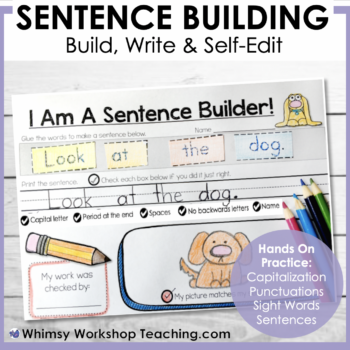 Secret Sentences Bundle
Secret Sentences Bundle 

hello,
I love this curriculum and would love to adapt it for my French learners. Would it be possible to use a template to concert into French?
Hello, So sorry I can’t share the open templates for any of the materials because it would break the legal agreement for use of the art and fonts.